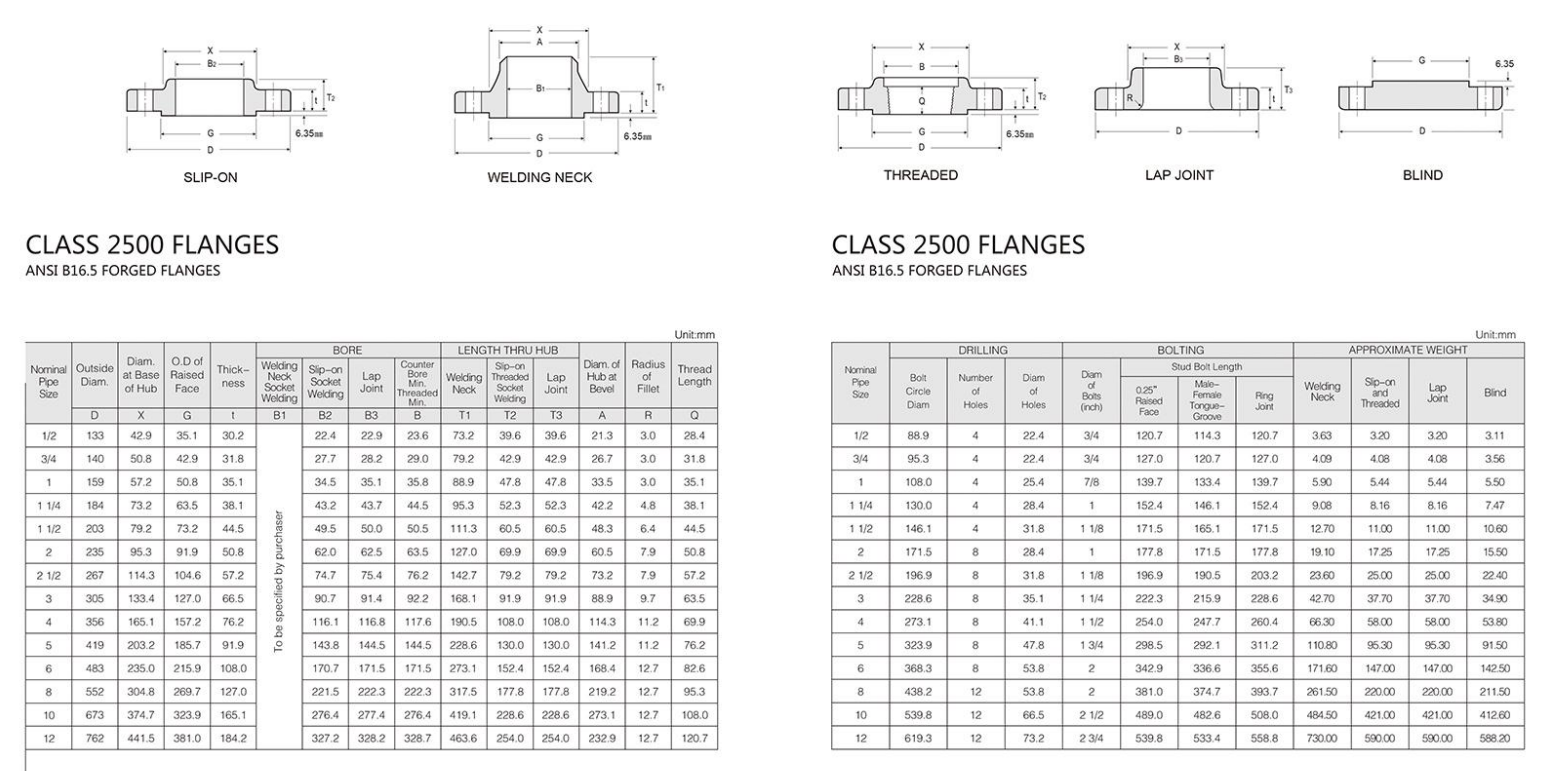-
Cangzhou Yulong Steel Co., Ltd.
-
Phone:
+86 13303177267 -
Email:
admin@ylsteelfittings.com
- English
- Arabic
- Italian
- Spanish
- Portuguese
- German
- kazakh
- Persian
- Greek
- French
- Russian
- Polish
- Thai
- Indonesian
- Vietnamese
- Zulu
- Korean
- Uzbek
- Hindi
- Serbian
- Malay
- Ukrainian
- Gujarati
- Haitian Creole
- hausa
- hawaiian
- Hebrew
- Miao
- Hungarian
- Icelandic
- igbo
- irish
- Japanese
- Javanese
- Kannada
- Khmer
- Rwandese
- Afrikaans
- Albanian
- Amharic
- Armenian
- Azerbaijani
- Basque
- Belarusian
- Bengali
- Bosnian
- Bulgarian
- Catalan
- Cebuano
- China
- China (Taiwan)
- Corsican
- Croatian
- Czech
- Danish
- Esperanto
- Estonian
- Finnish
- Frisian
- Galician
- Georgian
- Kurdish
- Kyrgyz
- Lao
- Latin
- Latvian
- Lithuanian
- Luxembourgish
- Macedonian
- Malgashi
- Malayalam
- Maltese
- Maori
- Marathi
- Mongolian
- Myanmar
- Nepali
- Norwegian
- Norwegian
- Occitan
- Pashto
- Dutch
- Punjabi
- Romanian
- Samoan
- Scottish Gaelic
- Sesotho
- Shona
- Sindhi
- Sinhala
- Slovak
- Slovenian
- Somali
- Sundanese
- Swahili
- Swedish
- Tagalog
- Tajik
- Tamil
- Tatar
- Telugu
- Turkish
- Turkmen
- Urdu
- Uighur
- Welsh
- Bantu
- Yiddish
- Yoruba

Dec . 05, 2024 03:43 Back to list
standard flange ansi 150
Understanding ANSI 150 Standard Flanges
Flanges are crucial components in various piping systems used across industries such as oil and gas, water treatment, and manufacturing. They serve as a means of connection between pipes, valves, pumps, and other equipment. Among the various types of flanges, ANSI (American National Standards Institute) 150 flanges are widely recognized for their versatility and performance. In this article, we will explore the ANSI 150 standard flanges, their specifications, applications, and advantages.
What is ANSI 150?
The ANSI 150 standard refers to the pressure rating of flanges as defined by the American National Standards Institute. Specifically, ANSI 150 flanges are designed to withstand a pressure of up to 150 pounds per square inch (psi) at a specific temperature, making them suitable for medium-pressure applications. These flanges are constructed according to the specifications of ANSI/ASME B16.5, which provides guidelines for the design, material, and manufacturing of flanges used in piping systems.
Key Features of ANSI 150 Flanges
1. Material Composition ANSI 150 flanges can be made from various materials, including carbon steel, stainless steel, and alloys. The choice of material impacts the flange's strength, corrosion resistance, and temperature tolerance.
2. Size Variability ANSI 150 flanges come in multiple sizes, accommodating different pipe diameters. Standardized sizes make it easier to find compatible components for installation and maintenance.
3. Bolt Circle Diameter ANSI 150 flanges have a specific bolt circle diameter, which corresponds to the size and number of bolts required for a secure connection. This feature ensures that the flanges can be properly aligned and tightened during installation.
4. Face Types ANSI 150 flanges are available in various face types, including flat face (FF), raised face (RF), and ring type joint (RTJ). The choice of face type is critical for ensuring a proper seal and preventing leaks.
5. Temperature Ratings The pressure rating of ANSI 150 flanges varies with temperature. For example, the maximum allowable pressure decreases as the temperature increases. It's vital to assess operational conditions to select the appropriate flange type.
Applications of ANSI 150 Flanges
ANSI 150 flanges are utilized in a wide range of applications across various sectors
standard flange ansi 150

- Oil & Gas Industry ANSI 150 flanges are often used in pipelines that transport oil and gas. Their reliable performance helps maintain the integrity of the piping system under varying pressure conditions.
- Water Treatment These flanges are extensively used in water treatment facilities for connecting different components in the system, ensuring efficient water flow and processing.
- Chemical Processing In chemical manufacturing, ANSI 150 flanges are employed to transport a variety of substances, including corrosive chemicals, due to their robust material options.
- Power Generation Power plants use ANSI 150 flanges in steam and water transport lines to regulate pressure and flow, aiding in efficient energy production
.Advantages of ANSI 150 Flanges
1. Standardization The ANSI 150 standard ensures that flanges have consistent dimensions and specifications, facilitating compatibility between different manufacturers and components.
2. Ease of Installation The standardized design and sizing of ANSI 150 flanges simplify the installation process, reducing labor time and costs.
3. Cost-Effectiveness ANSI 150 flanges are widely available, which helps to drive down costs due to competition among suppliers. Their durability and reliability also decrease long-term maintenance costs.
4. Versatility With a range of materials and sizes, ANSI 150 flanges cater to diverse applications, making them suitable for many industries.
5. Leak Prevention Properly installed ANSI 150 flanges ensure a tight seal, minimizing the risk of leaks and enhancing system safety.
Conclusion
ANSI 150 flanges are an integral part of modern piping systems, providing reliable connections that withstand medium pressure applications. Their standardization, versatility, and ease of installation make them ideal for a multitude of industries, from oil and gas to water treatment. By understanding the specifications and applications of ANSI 150 flanges, engineers and technicians can make informed choices that improve the efficiency and reliability of their systems. With the right materials and proper installation, ANSI 150 flanges will continue to play a vital role in engineering solutions across the globe.
Latest news
-
ANSI 150P SS304 SO FLANGE
NewsFeb.14,2025
-
ASTM A333GR6 STEEL PIPE
NewsJan.20,2025
-
ANSI B16.5 WELDING NECK FLANGE
NewsJan.15,2026
-
ANSI B16.5 SLIP-ON FLANGE
NewsApr.19,2024
-
SABS 1123 FLANGE
NewsJan.15,2025
-
DIN86044 PLATE FLANGE
NewsApr.19,2024
-
DIN2527 BLIND FLANGE
NewsApr.12,2024
-
JIS B2311 Butt-Welding Fittings LR/SR 45°/90° /180°Seamless/Weld
NewsApr.23,2024











